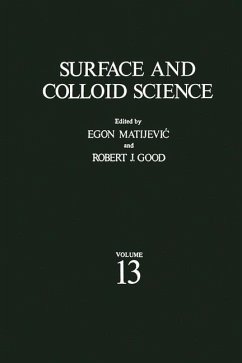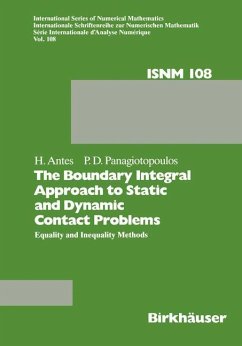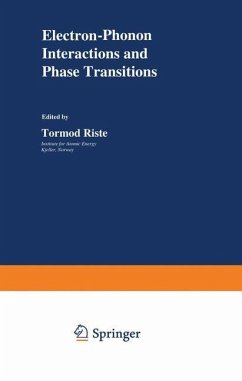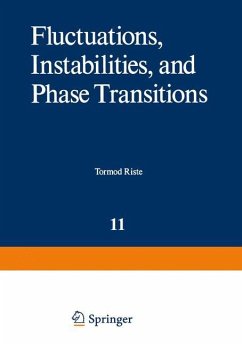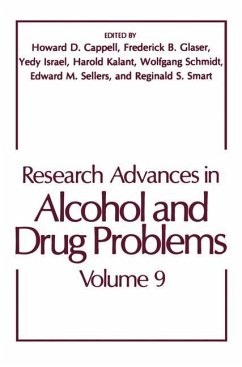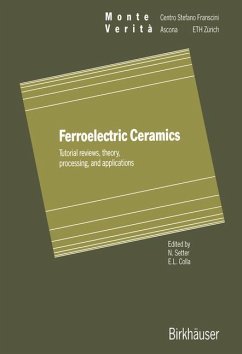
Mathematical Models for Phase Change Problems
Proceedings of the European WorkShop held at Óbidos, Portugal, October 1-3, 1988

PAYBACK Punkte
20 °P sammeln!
This monograph collects research and expository articles reflect ing the interaction and the cooperation of different groups in several European institut ions concerning current research on mathematical models for the behaviour of materials with phase change. These papers were presented and discussed in a Workshop held at Obidos, Portugal, du ring the first three days of October, 1988, and grew out of a two year period of intensive exploitation of differ ent abilities and mathematical experiences of the six participating groups, namely, in the University of Augsburg, wh ich was the co ordinati...
This monograph collects research and expository articles reflect ing the interaction and the cooperation of different groups in several European institut ions concerning current research on mathematical models for the behaviour of materials with phase change. These papers were presented and discussed in a Workshop held at Obidos, Portugal, du ring the first three days of October, 1988, and grew out of a two year period of intensive exploitation of differ ent abilities and mathematical experiences of the six participating groups, namely, in the University of Augsburg, wh ich was the co ordination center of this project, the Laboratoire Central des Ponts et Chaussees of Paris, the Aristoteles University of Thessaloniki, the University of Florence, the University of Lisbon and the University of Oxford. This project was carried out under the title "Mathemat ical Models of Phase Transitions and Numerical Simulation" , in the framework of twinning program for stimulation of cooperationand scientific interchange, sponsored by the European Community. The underlying idea of the project was to create and study the mathematical models arising in applied engineering problems with free boundaries in a broad sense, namely in melting and freezing problems, diffusion-reaction processes, solid-solid phase transition, hysteresis phenomena, "mushy region" descriptions, contact prob lems with friction andjor adhesion, elastoplastic deformations, etc. vi This large spectrum of applied problems have in common the main feature of brusque transitions of their qualitative behaviour that correspond, in general, to non-classical discontinuous monotone or non monotone strong nonlinearities in the mathematical equations.






